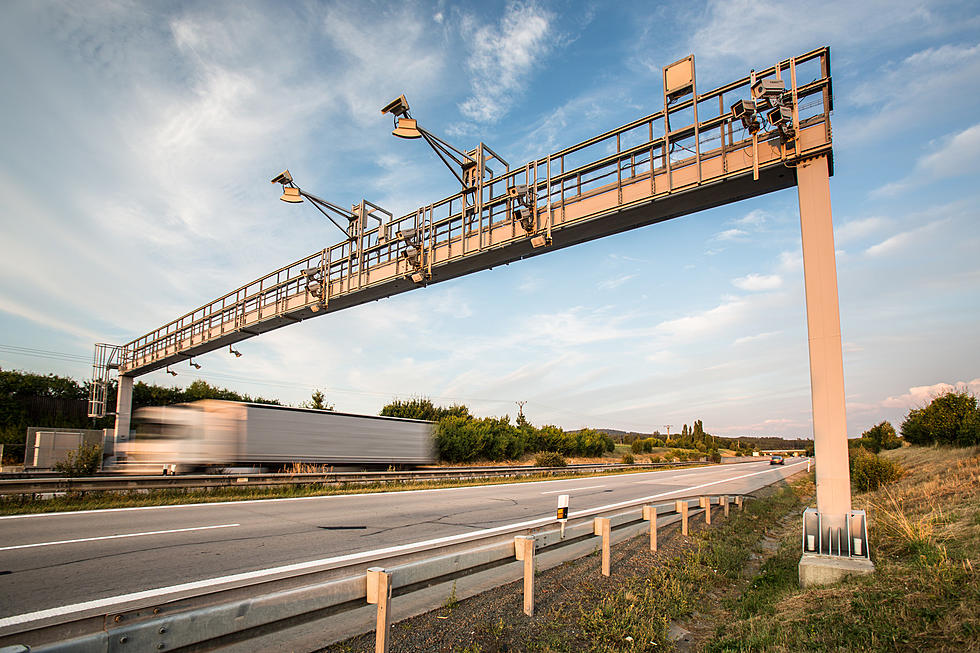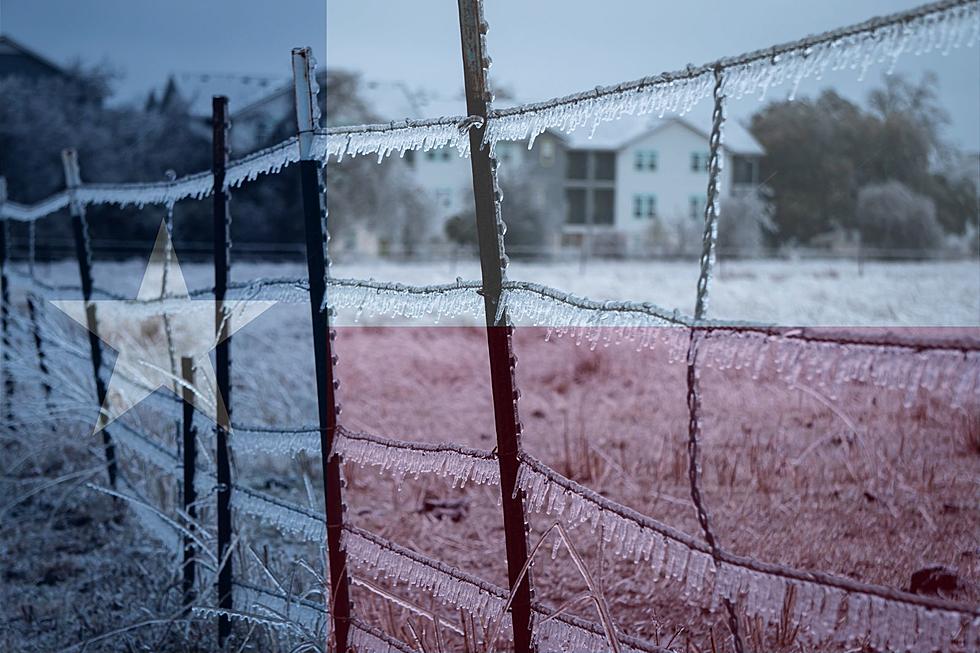
Better Pay Those Texas Tolls – Deputies Can Now Pull Over Violators
I always just kind of assumed the police could arrest you for unpaid tolls, but I was wrong.
KXAN reports that the Central Texas Regional Mobility Authority (CTRMA) is working with the Travis County Sheriff’s Office to collect unpaid tolls from habitual toll violators.
Beginning this month, the cameras along the tollway will alert the sheriff’s office when a habitual violator passes through. Deputies will then be dispatched to pull the driver over and let them know they have outstanding tolls.

Unpaid tolls are a huge problem. The CTRMA reported that as of last month, there were $272,731 in unpaid tolls in Central Texas alone, so you can imagine just how bad it is statewide.
And when it comes to toll violators in Central Texas, there are more than 7,500 drivers on the list.
In some cases, drivers have racked up thousands of dollars in unpaid tolls. Tracie Brown, CTRMA’s director of operations says there’s help available to those whose toll debt has become unmanageable:
If for some reason the tolls and the fees have gotten to the point where they’re unmanageable contact us so that we can work on a payment plan or resolution to allow you to take care of this obligation.
The new measure applies to toll roads in Travis County as well as Williamson County, who the CTRMA began working with in 2020 to collect unpaid tolls.
Drivers on the following toll roads are being monitored for unpaid tolls: 183 Toll, 183A Toll, 290 Toll, 45SW Toll, 71 Toll and the MoPac Express Lane.
If I were betting money, my money would be on the new measure being adopted by all other toll road operators in the state. So, yeah. Stay on top of those tolls.


